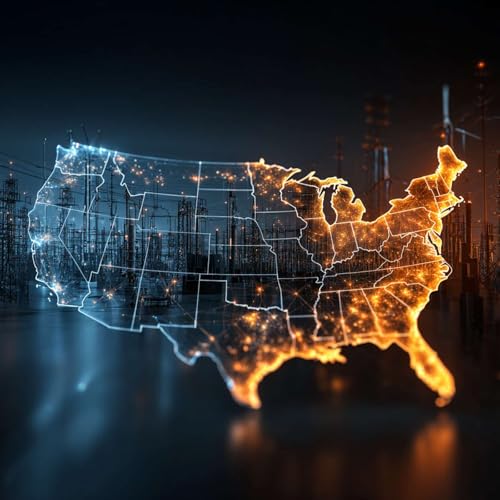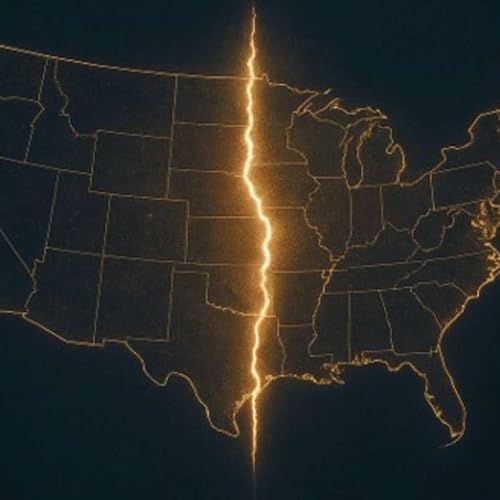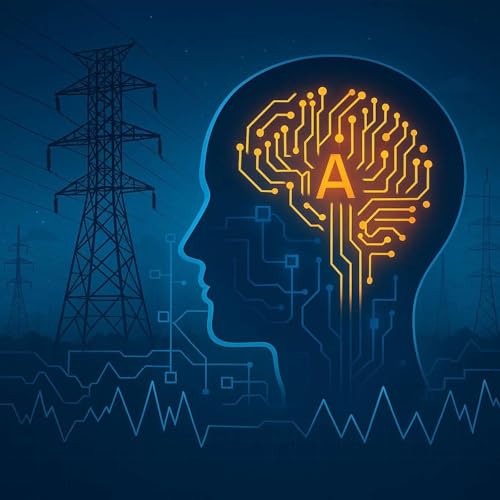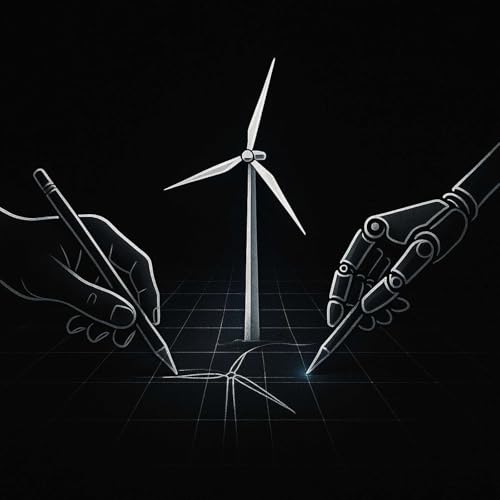In this episode of AIxEnergy, host Michael Vincent continues the series on The Five Convergences, a framework mapping how artificial intelligence is reshaping energy systems from the inside out. Episode five explores one of the most creative and transformative roles of AI: AI as Designer.
Unlike optimization or control, AI as Designer steps into the earliest stages of the energy transition. It does not just help utilities run existing infrastructure more efficiently; it helps us imagine, site, permit, and design the infrastructure of tomorrow. Brandon N. Owens, founder of AIxEnergy.io and author of The Five Convergences of AI and Energy, explains how AI is becoming the hidden architect of the future grid.
Owens begins by outlining the problem: the U.S. and global energy transitions are not bottlenecked by technology but by planning and permitting. Transmission projects can spend a decade in regulatory limbo before the first shovel hits the ground. Permitting disputes stall wind farms and solar parks for years. AI, he argues, has the potential to compress these front-end bottlenecks dramatically—turning timelines measured in years into months.
The conversation explores siting and permitting, perhaps the most contentious domain of all. Traditionally, analysts pore over environmental impact statements, zoning laws, and ecological studies, often manually and adversarially. Owens highlights prototypes like PermitAI, which have shown that machine learning can digest millions of words from past environmental filings and make them instantly searchable. Beyond text, AI can integrate satellite imagery, land-use maps, and species data to recommend sites that balance cost, environmental impact, and equity.
From permitting, the episode moves to infrastructure design itself. Owens describes how AI unlocks “design space exploration.” For microgrids, this means simulating thousands of possible combinations of solar panels, batteries, backup generators, and load strategies. Where human engineers might model a handful of scenarios, AI can test thousands, finding configurations that are cheaper, cleaner, and more resilient. The same principle applies to transmission routing: AI can weigh geography, land ownership, costs, and environmental trade-offs to propose alignments that minimize conflict while maximizing reliability.
The discussion then broadens into novel solutions—cases where AI surfaces design options humans might never consider. Because it is not bound by precedent or habit, AI can propose hybrid architectures, unconventional siting strategies, or tariff models that balance fairness and grid stability in ways traditional approaches overlook.
Of course, the role of AI as Designer is not without risks. Owens and Vincent discuss how bias in training data can lead to inequitable siting outcomes or unfair tariff designs. Transparency and governance are vital; communities must trust the logic behind AI-driven recommendations. The episode emphasizes that AI should augment human judgment, not replace it, and that public participation is essential. Designing infrastructure is as much about people and politics as it is about algorithms.
In closing, Owens situates AI as Designer within the broader arc of the Five Convergences. While AI as Controller grabs headlines and AI as Optimizer saves money, AI as Designer tackles the most fundamental bottleneck of all: the time it takes to build. By compressing permitting cycles, unlocking novel solutions, and accelerating design, AI as Designer could become one of the most important enablers of the clean energy transition.
This episode paints AI not as a flashy operator but as a hidden architect—a partner in imagination that helps societies design the systems we will depend on for generations.
Support the show
 7 分
7 分 6 分
6 分 8 分
8 分 10 分
10 分 7 分
7 分 9 分
9 分 2025/08/147 分
2025/08/147 分 8 分
8 分
